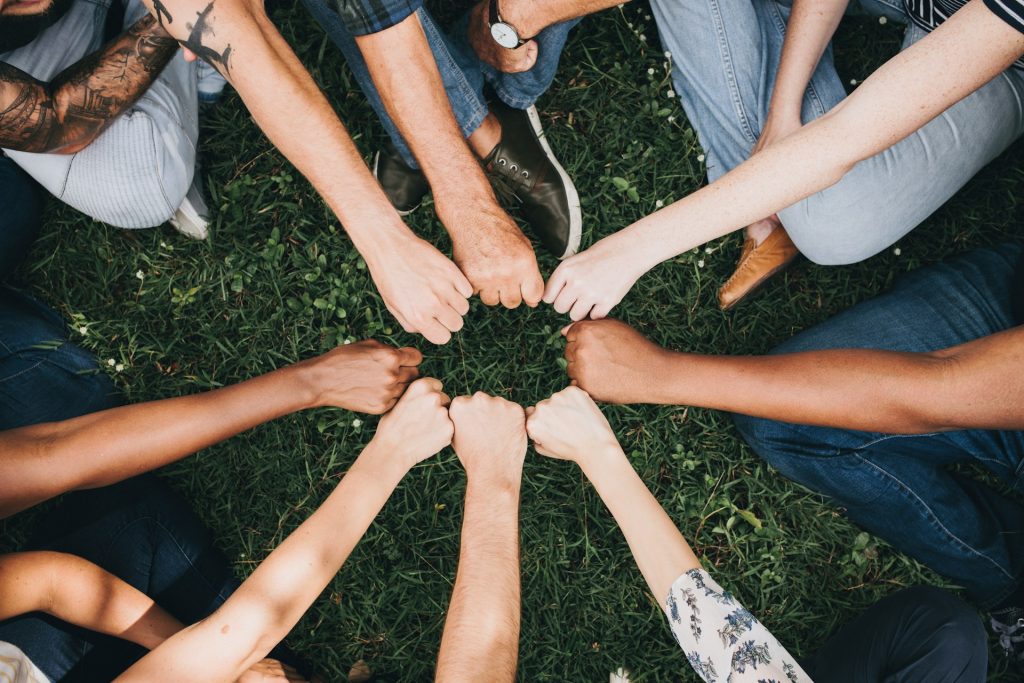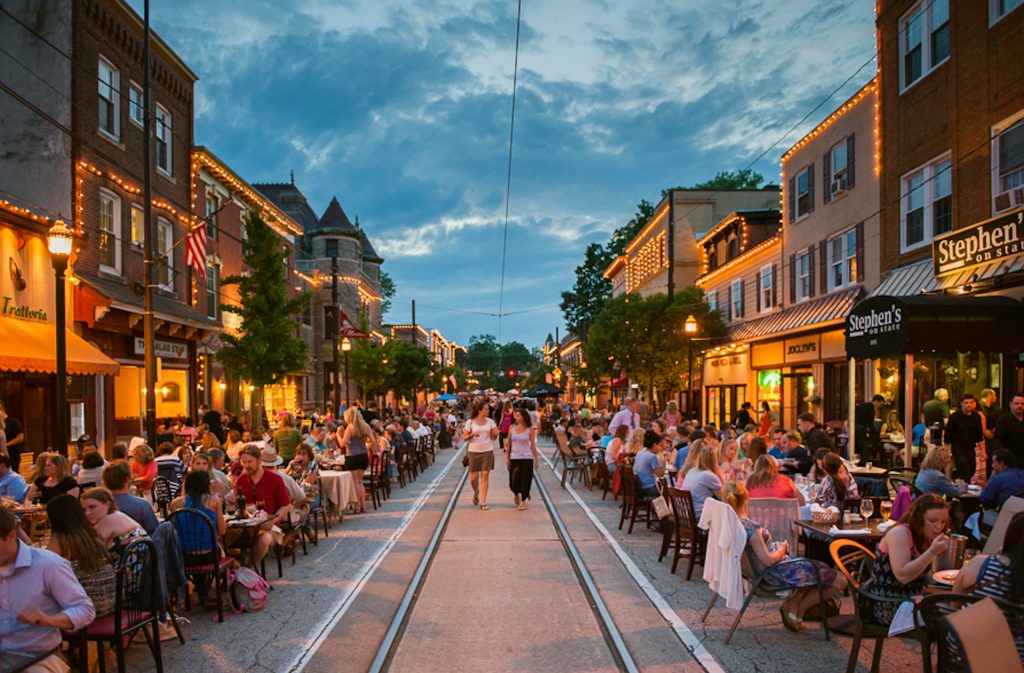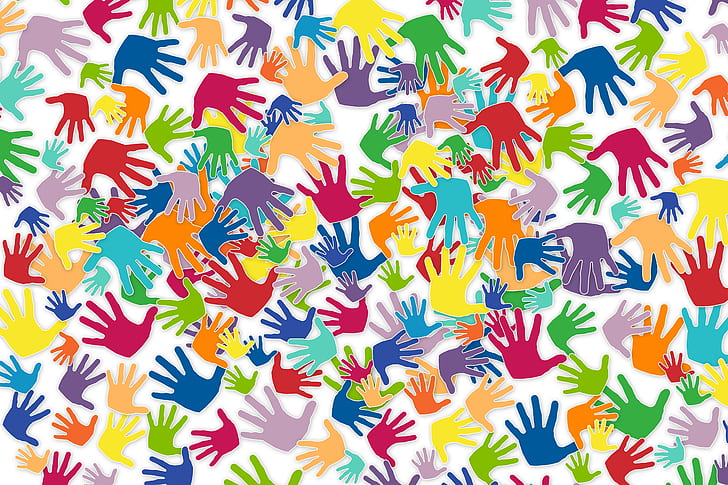Resilience, the Global Challenge, and the Human Predicament
Cover Art | Resilience by Malo Bianca
We face a perfect storm of environmental, social, technological, economic, geopolitical and other global stressors. These global stressors interact in unpredictable ways. The pace of future shocks is increasing. The prospect for civilizational collapse is real. We need to build meaningful resilience.
There are four questions about how to build resilience:
1. How do we prepare ourselves and those we love?
2. How do we prepare our communities, networks, tribes, and organizations?
3. How do we prepare our states, countries, and international communities?
4. How do we prepare at a global level?
This human predicament goes by many names. The global challenge. The global problematique. Limits to growth. The end of the world as we know it. The prospect for civilizational collapse. All refer to the perfect storm of global biosphere and societal stressors interacting in complex and unpredictable ways.
Environmental stressors include:
– Climate change, sea-level rise, and changing weather
– Biodiversity loss at 10,000 times the normal level
– Toxification of all life, insect armageddon
– Ocean acidification, dead zones, plastics, and fish and plankton depletion
– Declining and polluted fresh water sources
– Depleted top soils
– Vanishing forests and many moreSocial stressors include:
– Poverty, racism, and injustice
– Unsustainable economic growth and global debt
– Vulnerable financial systems, supply chains, and power grids
– Population overshoot, refugee migrations, and resource competition
– Uncontrolled technologies, including AI, biotech, nanotech, robotics, cyber threats
– Dysfunctional geopolitics, failing states, and outdated institutions
– War, terrorism, and nuclear threats—defense resources needed elsewhere, and more
Climate change is the greatest global stressor. But a single focus on climate change means other global stressors are underestimated. These stressors interact as force multipliers, increasing unpredictable future shocks and even potential civilizational collapse.
Most people don’t want to think about this. Yet the culture is filled with vivid imaginings of dystopias in books, films, television series, and games. Civilizational collapse lurks at the imaginal edge of collective consciousness. Yet mainstream media and “official” government institutions are largely silent.
People give four excellent reasons for not thinking about the human predicament.
1. It’s overwhelming.
2. I don’t see how to make a difference.
3. I want to focus on things I can change.
4. I have more immediate things to think about.
We won’t argue. We understand. Worry about this can be a poor use of psychic energy for people who barely get by day-to-day—or simply have other priorities.
Likewise, most institutions—governments, corporations, international institutions, and civil society organizations—avoid thinking about our predicament.
They don’t see how they can respond.
They focus on critical sectoral questions.
They ignore future shocks in their planning
They don’t prepare for the high probability of devastating future shocks.
We understand. But we do need a small critical mass of people and organizations who recognize the need to think about our dilemma. The reason is simple. If we prepare, we stand a better chance of surviving than if we don’t. We need to survive these future shocks—up to and including civilizational collapse—if we are to build a greener and more just world on the other side.
RESILIENCE
We can prepare at all four levels—personal, community and organizational, state and national, and global. But the sweet spot for most of us is personal, community, and organizational resilience. We can’t often control what happens at the state, national, and global levels. We have a lot to say about what we do for ourselves and those we love and for our affinity circles.
What does resilience mean? The great resilience philosopher David Fleming offers this definition:
“The capacity of a system to absorb disturbance and reorganize while undergoing changes so as to still retain the same function, structure, identity, and feedback.”
Fleming further says there are two kinds of resilience systems: preventive and recovery elastic. No word is perfect for what we are talking about. The word resilience has many critics. For one thing, bad things can be resilient as well as good things. Second, resilience implies keeping things more or less the same—and there is a great deal that needs changing. Third, resilience does not say much about using these perfect storms as an opportunity to create a just and green world after collapse.
For our purposes, let’s imagine that resilience means arrangements that are both preventive and useful for recovery. Let’s imagine these arrangements preserve as much of what is good as possible, let go of as much of what is bad as possible, and enable us to create a better system on the other side of collapse.
But let’s also acknowledge, realistically, that ideas of what is good, what is bad, and what would be better on the other side of collapse will differ greatly from one community to another, one person to another, and one state or nation to another. In other words, the meaning of resilience will be forever contested. We can’t solve that problem.
At a practical level, when things fall apart, most people and communities have a sense of what works best for them where they are. As global, national, and even state systems begin to fall apart—as they have in many parts of the world, including the developed world—it’s usually pretty clear what needs fixing now.
In a true emergency, what do people need? Here is a list of 14 basic needs:
Air you can breathe.
Water you can drink.
Food you can eat.
Clothing you can wear.
Shelter you can count on.
Energy for warmth and cooking.
Safety from internal and external harm.
Transportation of some kind.
Communications of some kind.
Ways to learn what you need to know.
Tools to do what you need to do.
Healthcare of some kind.
Justice of some kind.
Community that holds you and those you love.
It’s easy to imagine that in a collapse, the wealthy will always do better than the poor, and those with better educations will do better than those who are less educated. But in a true collapse—where, for example, the energy grid goes down, money no longer means anything, the social order and policing have disappeared, and communities are left very much to their own devices—the question of who is better equipped to survive can look very different.
It may mean more to know how to farm, raise livestock, hunt, fish, repair things yourself, build shelter, make clothes, and have other skills that rural communities have always traditionally known how to do. You may be better off if you have lived on almost nothing in peasant villages and made dangerous treks across forbidding landscapes than if you have spent your life jetting from one conference to another. Hardiness, knowing how to work with your hands, and the ability to live on next to nothing may be a distinct survival advantage. Many millennials exploring alternative ways of living are moving in this direction.
Some countries and communities may have survival advantages. Sweden and Switzerland take war and other emergencies seriously. They advise their citizens to stock necessities and be prepared to defend themselves. The Church of Latter-day Saints (the Mormons) advise all members to have at least a three-month supply of food and other necessities. The head of the American Red Cross has called the Mormons an example of preparedness for other communities. Some farsighted resilient communities and corporations are also likely to have survival advantages.
On the darker side, crime syndicates are likely to be very resilient. Any kind of organized armed force may have survival advantages. These extreme scenarios cannot be precluded given the reality of increasingly severe future shocks and the real possibility of complete breakdowns. Such complete breakdowns already exist in the growing number of failing cities and states around the world.
One thing is very likely. In wars, the comparative advantage that urbanites have over rural communities reverses. People flow out of cities into the countryside seeking food and safety. To the extent that rural communities can accommodate these urban refugees, more people can survive, especially those who can adjust to the hardships of rural self-reliance.
As climate change accelerates, there will be massive migrant movements both within countries and from regions around the equator that are simply inhabitable to cooler climes, both north and south. Vast, lightly populated realms like the northern United States, Canada, Chile, and Siberia may be the places that self-organizing, new rural communities can survive. The global question is whether these desperate migrants will be met with walls and armaments, or whether we have merciful plans to welcome migrants to places where new communities can thrive in this new world.
Collapse will take different forms in different places. More likely than collapse is an increasing crescendo of future shocks. People respond to emergencies in two different ways: they come together, or they come apart. Often, they come together in the acute emergency but then come apart as the burdens become more than they can bear, or they become too frightened.
When people do come apart, it is often along sectarian, tribal, or ethnic lines. Different communities can live together in peace for long periods. But when scarcity or emergencies come upon them, resource competition engenders conflict. This conflict is often exacerbated by populist regimes that promise a better future by scapegoating the Other.
It may be that a new consciousness of the strengths of diversity that is growing stronger among young people will change this ancient observation. The United States and Canada have absorbed diverse populations and created a sense of shared nationhood better than most. But more important than a sense of nationhood may be a sense of shared local community. I am more hopeful. The communities I know are unlikely to break down along ethnic or sectarian lines. I believe there will be resilient communities that defy the ancient assumption that we always break along ethnic and sectarian lines in hard times.
What of the hope that if we all get more spiritual we will solve the problems of the world? I would love this to be true. Religious and spiritual communities can call forth the better angels of our nature. But we know the reverse is equally the case. Every religion and spiritual tradition exists on a continuum from a fundamentalist version to an evolved version. The evolved traditions tend to see that all people are created equal and that nature is a sacred trust. Most often, in times of stress, the more fundamentalist versions of the religion or spiritual tradition are mobilized against the Other.
We should, indeed, do everything we can to use religious and spiritual resources to meet the human predicament. The Quakers have been at the forefront of many human advances since the (incomplete) abolition of slavery. In every religious and spiritual tradition, large numbers of people live lives devoted to the good of their families, communities, co-religionists, and even other people. But we should be realistic. Our salvation in the face of the human predicament is unlikely to be enlightenment. That is the tragedy we face. With several dozen interacting global stressors, each of which is profoundly difficult to alter, it is very difficult to decide what to do that will make the greatest difference. Enlightenment doesn’t solve the problems. It may help us bring more wisdom and compassion to the efforts to resolve them.
We can see that coordinated interventions on many global stressors could, in principle, make a difference. We would need to solve climate change, reliance on toxic chemicals, an unsustainable economic system, population overshoot, gross inequality, uncontrolled technologies, and the tragic diversion of resources from human and environmental needs to the war system. The key is that when we forge silo strategies, we need to be sure that our silo strategies will not worsen other global stressors.
Global strategies are beyond the ken of most of us living ordinary lives. What is firmly within our ken is to make our lives and our communities and organizations more resilient. What that means will differ depending on circumstance. But the shared intention to make future shocks survivable is something we can all share.
The lingua franca of resilience is emergency planning. Emergency planning is something everyone understands. As future shocks deepen around the world, people naturally expand the list of contingencies they want to be prepared for. In Northern California, for example, we’ve had enough devastating fires so that most people who live in fire territory have given real thought to what they carry in their vehicles at all times, what they are prepared to grab at home and run, and where they will find shelter in the fire next time.
Emergency planning appeals to conservatives and progressives alike. It mobilizes firemen, police, and other first responders, who are accustomed to thinking about emergencies. Emergency planning brings people together across political, cultural, sectarian, and ethnic lines. It works to blend concepts like resilient communities, transition towns, or other metaphors for organizing together. We are unlikely to resolve the human predicament, but we can work to make future shocks more survivable. That work starts with us and those we love and extends into our communities, affinity circles, and organizations.
There is one spiritual awakening that could truly help us. I’ve worked with people with cancer for over 30 years. In the face of a life-threatening illness, some people truly “wake up” to what matters in their lives. For them, a wound is not only a wound but an opening. Great wars and tragedies can transform whole cultures and civilizations—for better or for worse. European and American cultures shifted after both World Wars. It’s possible that future shocks could create collective shifts of consciousness that help us adapt in more fruitful ways to the brave new world we face.
As a practical matter, we need to face this global challenge. We need to build resilient communities and organizations. We need an expanded agenda for emergency planning and coordinated work in critical silos to lessen future shocks so they are survivable. That makes sense across partisan lines and cultures around the world. That’s common sense. We need each other to have the courage and wisdom to do this great work. Join us.
Three books:
1. Thomas Homer-Dixon, The Upside of Down: Catastrophe, Creativity and the Renewal of Civilization
2. Jared Diamond, Collapse: How Societies Choose to Fail or Succeed
3. David Fleming, Lean Logic: A Dictionary for the Future and How to Survive It
Selected websites:
Resilience.org (Post-Carbon Institute)
Faninitiative.net (The Fan Initiative)
mahb.stanford.edu/ (Millennium Alliance for Humanity and the Biosphere)
https://collapseofindustrialcivilization.com/tag/nate-hagens/ (Nate Hagens)
Transitionnetwork.org (Transition Network/Transition Towns/Circular Economy)
Dark-mountain.net (Dark Mountain Project)
Stockhomresilience.org (Stockholm Resilience Center)
cser.ac.uk (Centre for the Study of Existential Risk)
http://thrivingresilience.org/ (Thriving Resilient Communities Collaboratory)
Resilience.ngo/ (The Resilience Project)







Youch!
Thank you Michael, for naming my dreads so clearly.
And demonstrating that you can see them and call them for what they are,
and still offer a rallying cry.
I’m with you!
Look up The Resource Innovation Group in Eugene, Oregon. Their Transformational Resilience program uses crises as opportunities for raising a sense of wellbeing above previous levels (post-traumatic growth).
People world-wide are mobilising and starting to give this serious thought. Look up ‘deep adaptation’ and Prof. Bendell who has started this discussion in the UK.